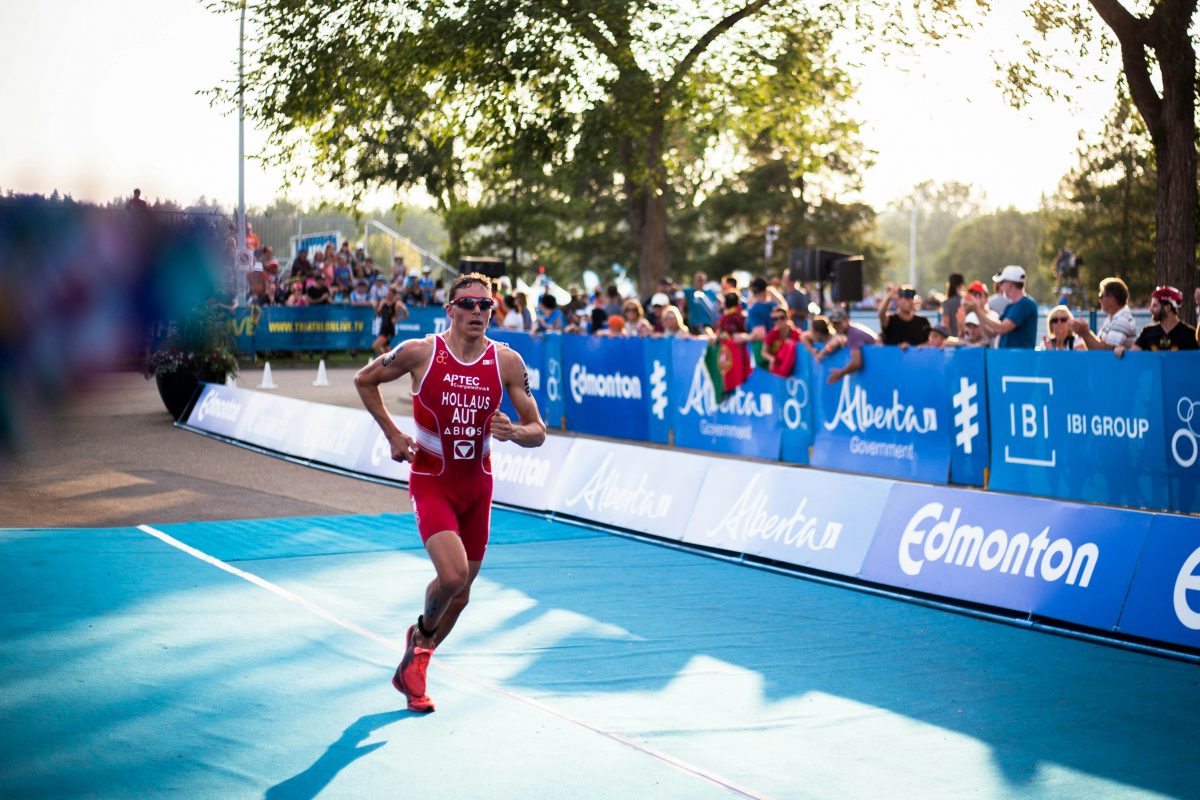The integration of AI technology in triathlon is already happening. We see this with the devices we’re using to capture data and metrics and apps like Humango are creating hyper-personalized training plans for endurance athletes based on their availability, strengths, weaknesses, goals, and metrics they share with the platform.
Triathlon, a sport that demands unparalleled endurance, skill, and mental fortitude, thrives on community and innovation. In a recent virtual event hosted by Humango and Challenge Family, professional triathletes Matt Hanson and Frederic Funk shared their insights on training, recovery, the impact of virtual communities, and the integration of AI technology in triathlon.
This post captures the essence of their discussion, providing valuable takeaways for athletes at all levels.
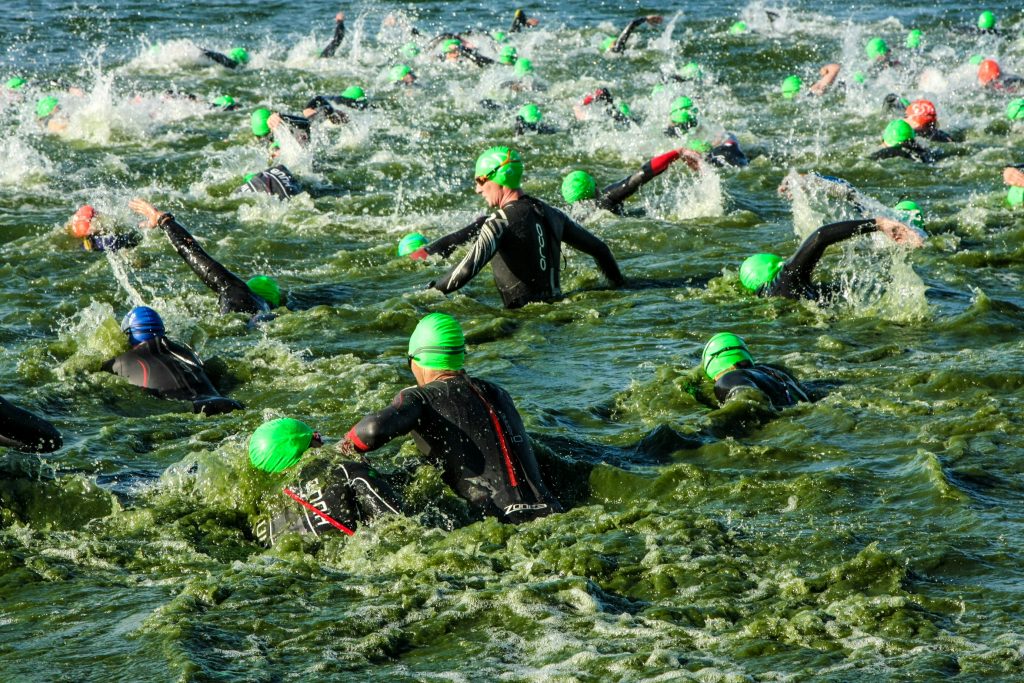
The Importance of Community in Triathlon
Many of us start playing sports for the community and camaraderie that comes with being on a team. For triathlon, when it’s you against the timer, you’re your own team. But having the support from friends, family, and your triathlon community plays a big role in not just the physical challenge of triathlon, but the mental too.
Building Connections in Triathlon
In the world of triathlon, community plays a pivotal role in a triathlete’s journey. Both Matt and Freddy emphasized the significance of having a support system, whether it’s through in-person training groups or virtual communities on Humango.
These connections not only offer practical advice and training tips, but also emotional and social support. Athletes can share experiences, seek recommendations for races, and find camaraderie in their shared passion. You know you’ve found your people when they get you, they understand why you do triathlon, and they’re doing it alongside you. It’s something you can’t get anywhere else.
Virtual Communities and Their Impact
The pandemic forced many athletes to adapt to remote training, which led to the rise of virtual communities. Coaches and athletes created online spaces to stay connected, train together remotely, and celebrate each other’s achievements.
Many of these virtual interactions often led to real-life friendships and collaborations, such as training camps and meetups at races. This blend of digital and physical interaction has strengthened the triathlon community, making it more accessible and inclusive since before the pandemic.

Leveraging Artificial Intelligence Technology in Triathlon Training
The integration of AI technology in triathlon is a hot topic especially with ChatGPT coming into the fold recently and the heightened awareness of AI in general. What’s great is that AI isn’t here to replace coaches. It’s a tool to become a better coach by being able to explain to athletes what their data actually means for them.
AI Coaching: A New Frontier
Advancements in technology, particularly AI, have revolutionized the way triathletes train. Matt shared his experience with his AI coaching group, which provides personalized training plans and insights.
This technology-driven approach helps athletes understand their physiological responses better and assists coaches in tailoring their training to achieve specific goals. The integration of AI in coaching represents a significant step forward, offering precision and customization that traditional methods may lack.
For example, not having a ton of free time to sift through loads of data by an athlete to tailor their training. Humango’s AI lends itself to coaches who are as time-crunched as their athletes and need a quicker way to review data to plan their athletes’ training regimen.
The Future of AI Technology in Triathlon
While the benefits of AI are clear, there are still many questions about its inner workings. We hinted at a future session with the CEO of Humango to delve deeper into the integration of AI technology in triathlon training, which you can watch here.
This discussion sheds light on how AI, and in particular, Humango, curates and calculates training plans, providing athletes with a comprehensive understanding of this innovative tool.
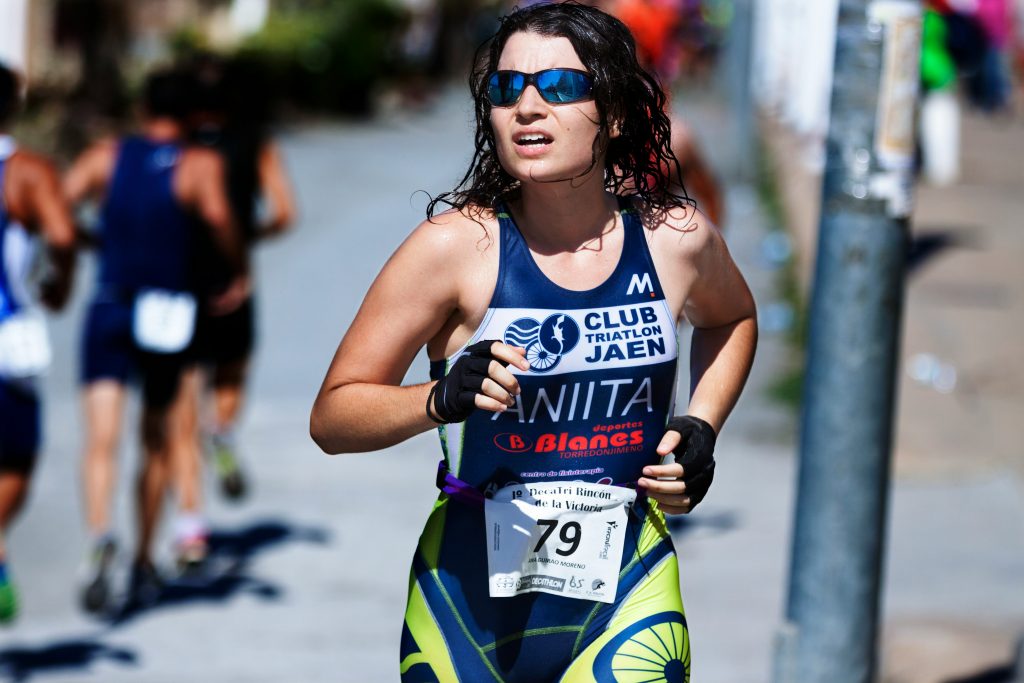
Training Strategies and Philosophies
“”If the challenge of racing somebody new scares you and doesn’t motivate you, it’s time to hang up the shoes.”
Frederic Funk
It was interesting to hear Freddy and Matt’s training strategies and philosophies from a professional triathlete’s point of view. Every athlete has their own training strategy and philosophy and hearing from some of the greatest triathletes in the sport today solidifies the importance of concepts like consistency and balance.
The Role of Consistency
We’ve all heard how important consistency in training is. And both Matt and Freddy stressed the importance of maintaining a steady training regimen throughout the year.
By breaking the season into manageable blocks and incorporating regular rest periods, athletes can avoid burnout and sustain high performance. Their approach includes taking a traditional off-season after his last race of the year, followed by a gradual return to structured training.
Balancing Intensity and Recovery
Recovery is just as crucial as training intensity. Matt highlighted the importance of taking breaks even when his motivation is high because it helps him stay excited and on track for fitness gains.
He schedules a mid-season recovery week with no structure, allowing his body and mind to rejuvenate. His approach prevents overtraining and ensures he’ll peak at the right times. Freddy echoed this sentiment, emphasizing that mental recovery is as important as physical rest.
Preparing for A and B Races
Athletes often face the challenge of balancing preparation for major (A) races and smaller (B) races (and even C races). Both Matt and Freddy manage their expectations by focusing on their race plans rather than outcomes. For B races, they approach them as intense training sessions without the pressure of peaking. This strategy allows them to gain valuable race experience while maintaining their overall training objectives.
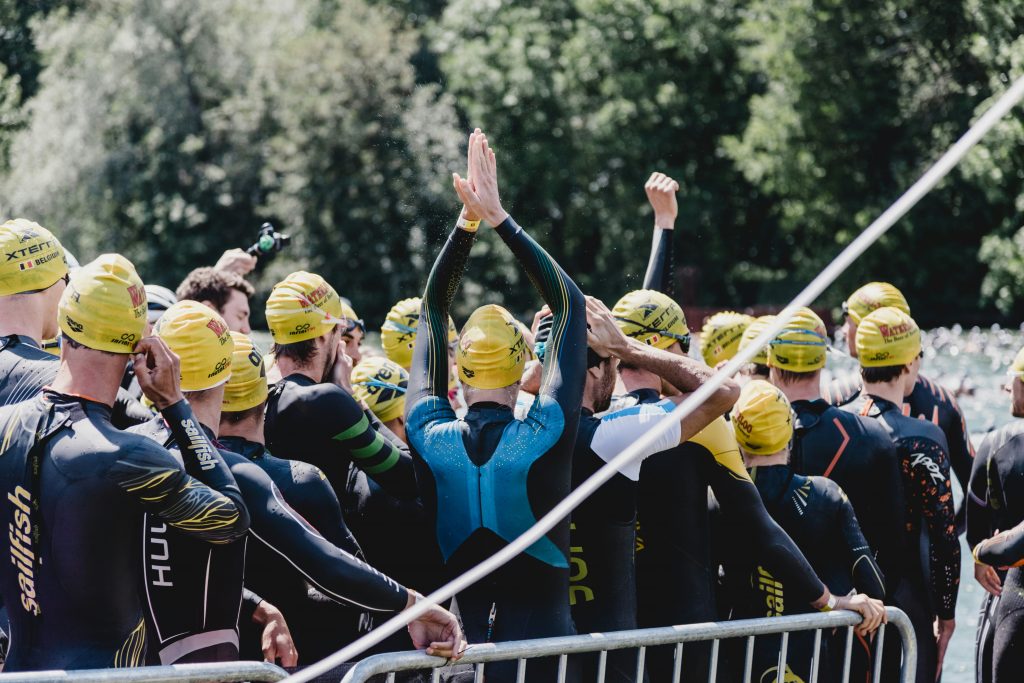
Adapting to New Competitors
“The whole point of doing what I do is so I can find out how fast I can go or how deep I can push myself, and if it takes new blood coming into the sport to get a little bit more out of myself, great.”
Matt Hanson
Competition forces you to get better and go faster. Having a healthy attitude toward your competition and know they’re making you a better athlete will keep you in the game a lot longer than the alternative.
Welcoming the Next Generation
The triathlon landscape is constantly evolving, with new athletes emerging from different disciplines. When asked about the influx of Olympians into long-distance triathlon, Matt and Freddy welcomed the challenge. They see the arrival of new competitors as an opportunity to elevate their own performance. This mindset reflects the sport’s competitive yet supportive nature, where athletes push each other to new heights.
Learning from Training Partners
Both Matt and Freddy have been inspired by their training partners. Freddy spoke about his roommate, an Austrian short-distance triathlete, whose journey to Olympic qualification was both challenging and motivating. Similarly, Matt reflected on his training experiences with Tim O’Donnell, a seasoned triathlete whose strategic approach to training taught him the importance of balancing intensity throughout the season.
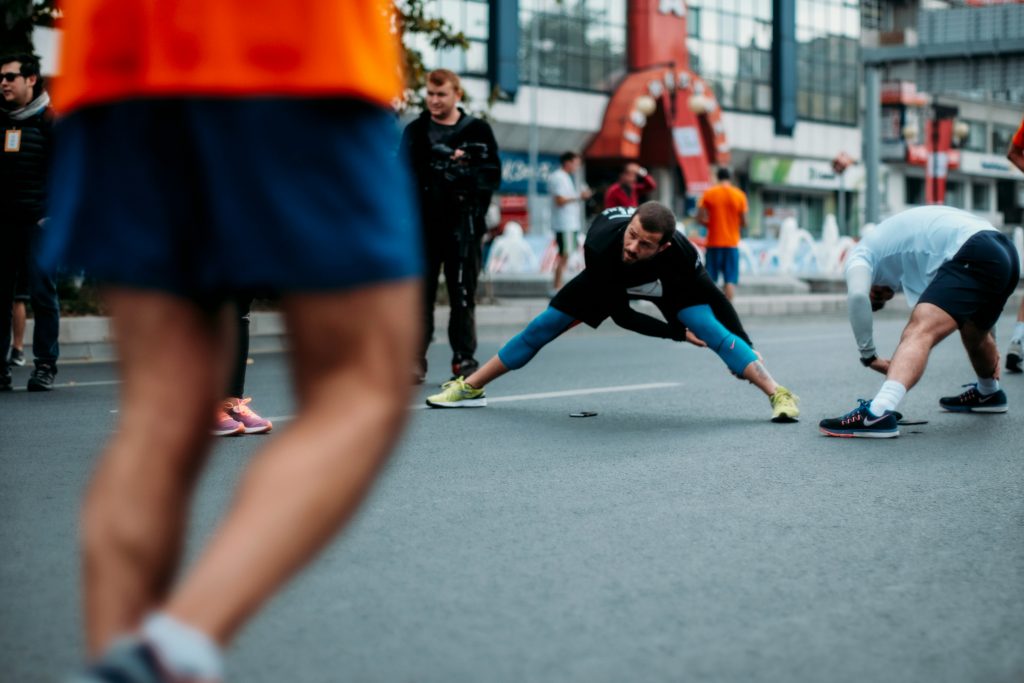
Personal Insights and Experiences
“Managing expectations is just going in with a race plan, and my expectation is that I execute the race plan and let the result sort itself out.”
Matt Hanson
Training with Olympians, or just someone faster than you, will help you grow as an athlete too. Freddy experienced this when he did altitude training in Switzerland, riding and running alongside athletes preparing for the Olympics.
Meanwhile, Matt learned a lot about managing your training load and peaking at the right time from one of his training buddies. It goes to show that keeping an open mind and pushing yourself out of your comfort zone will improve your athletic performance.
Freddy’s Altitude Training in Switzerland
Freddy shared his experiences at an altitude training camp in Switzerland, where he trains alongside athletes preparing for the Olympics. This environment, filled with high-level competitors, fuels his motivation and pushes him to improve. He highlighted the stressful and demanding nature of Olympic qualification, noting the relentless travel and race schedules athletes endure to earn their spots.
Matt’s Learning from Seasoned Athletes
Matt reminisced about his time training with Tim O’Donnell, who recently retired. Tim’s ability to manage his training load and peak at the right times left a lasting impression on Matt. This mentorship helped Matt refine his approach to training, emphasizing the importance of strategic planning and patience. The exchange of knowledge between experienced athletes and newcomers enriches the sport and fosters continuous improvement.

The Role of Recovery in Longevity
“It’s not just important for the body but especially mentally, it’s good to take some time off.”
Frederic Funk
Rest and recovery are just as important (if not more so) as training. When you give your body (and mind) downtime, that’s when it regenerates and grows stronger. A lot of amateur athletes assume that more is better and that’s not always the case.
You can only do so much until your body and mind force you into recovery, so be proactive before you get to that point.
Strategic Off-Season Planning
To ensure longevity in the sport, both Matt and Freddy prioritize their off-season recovery. After their last races, they take significant breaks to reset mentally and physically. This downtime includes complete rest and unstructured training focused on enjoyment rather than performance, what Freddy calls “Fit for fun.” A balanced approach like this helps them return to training refreshed and ready for the upcoming season.
Mid-Season Breaks
In addition to the off-season, mid-season breaks are vital. Matt and Freddy incorporate these breaks to prevent fatigue and overtraining. They use this time to assess their progress, adjust their training plans, and ensure they remain on track to achieve their long-term goals. By listening to their bodies and allowing for adequate recovery, they can sustain high performance throughout the year.
To Wrap Up
The insights shared by Matt and Freddy in the Humango and Challenge Family virtual event, “Will Artificial Intelligence Revolutionize Training for Endurance Athletes?”, highlight the importance of community, technology, and strategic planning in triathlon.
The rise of virtual communities has brought athletes closer, fostering a supportive environment that extends beyond physical training.
Triathlon AI technology integration offers new possibilities for personalized and effective training plans. Consistency, recovery, and the ability to adapt to new competitors are crucial for success in the sport.
By learning from experienced triathletes and embracing innovative tools, triathletes can continue to push their limits and achieve their goals. As the triathlon community evolves, these lessons will remain essential for athletes striving for excellence.
